
Realistic fantasy: Israel’s 3D propaganda
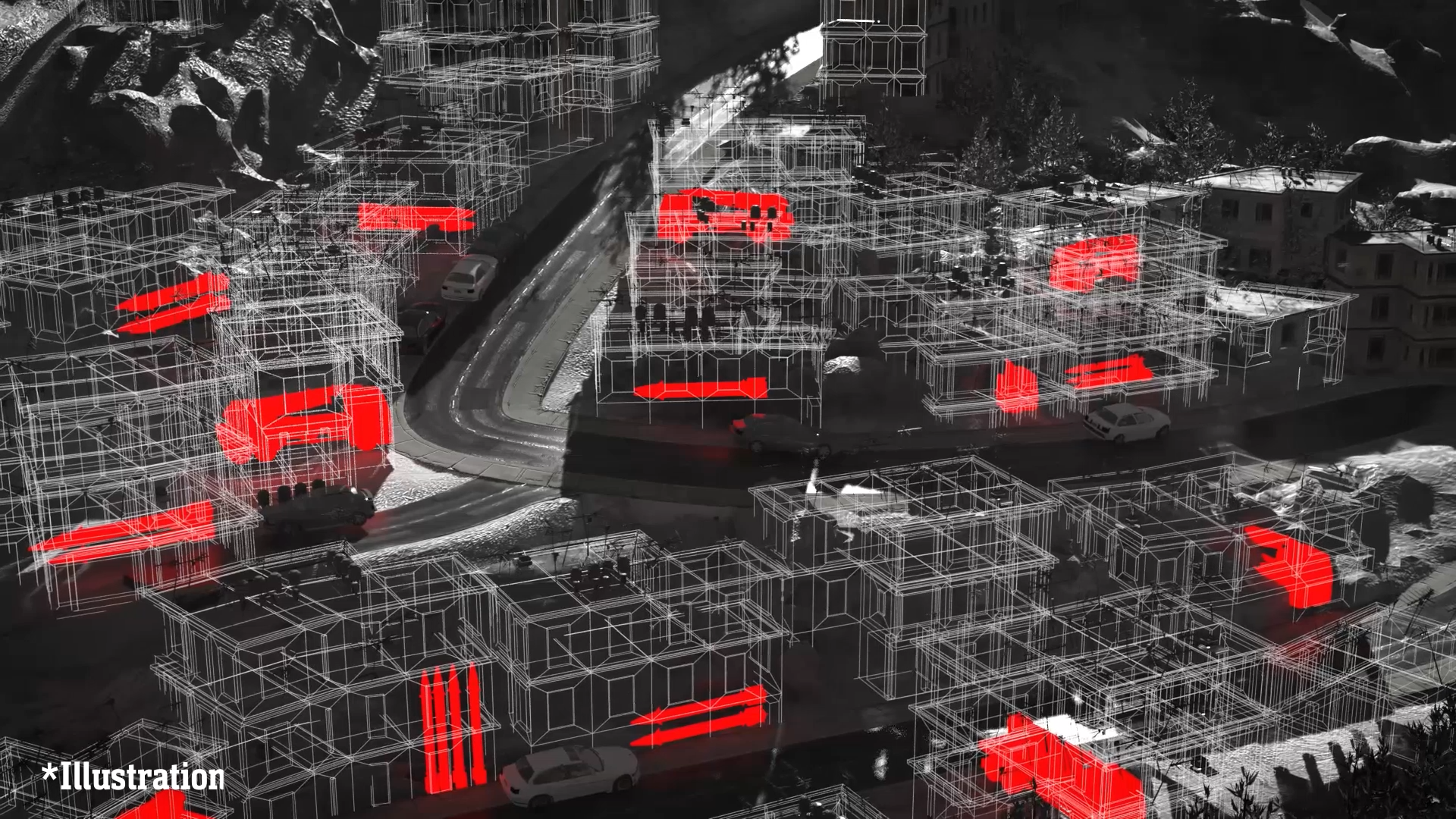
Israel introduced a new form of propaganda in its war in Gaza that relied heavily on 3D images combined with real drone footage. An investigation by Swiss public television SRF found the images are intended to look real but key elements were entirely fabricated.
For the past two years the world has seen 3D images of hospitals and residential buildings, under which a Hamas command center or a Hezbollah weapons depot is supposed to be located.
+ The original investigation on Swiss public television, SRF, can be found hereExternal link.
Israeli army graphic designers produced these videos with the aim of justifying military attacks. They spread worldwide – adopted by numerous social media channels, TV stations and news agencies. Although the 3D animations are correctly labeled as “illustrations”, they also give the impression of being factual and authentic. They have become deeply engrained in the collective memory.
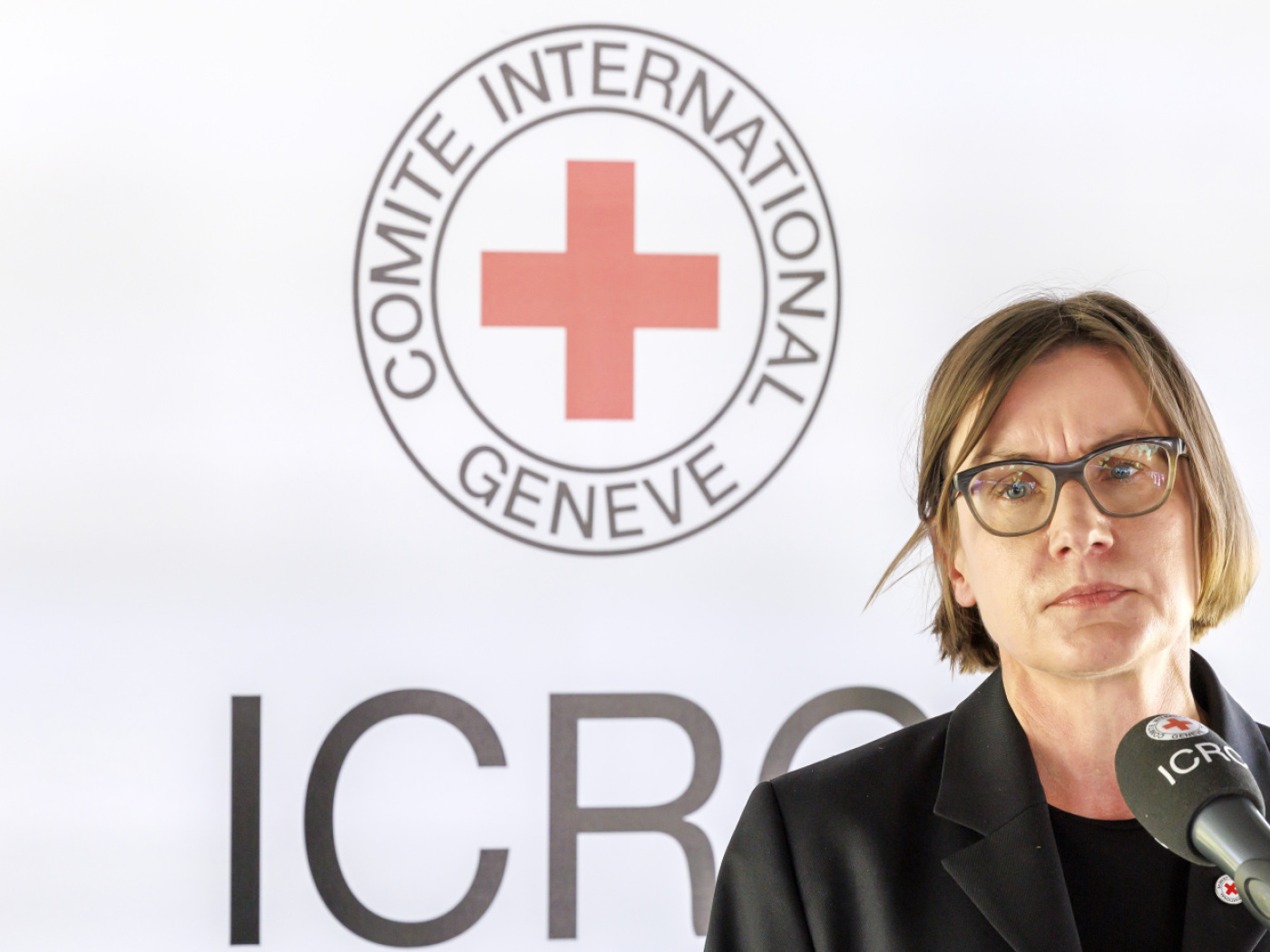
More
ICRC to support implementation of Israel-Hamas agreement
New research now shows that many of the 3D elements depicted are not based on intelligence findings but originate from freely accessible digital model webshops. Such models are usually used in video games, simulations or advertising campaigns. Although it cannot be deduced from this whether the alleged command centres and weapons depots actually existed or not, they show how attempts are made to systematically influence public opinion.
Such videos were also published shortly after the Israeli attack on the Iranian nuclear facility in Fordo in June 2025.
“I really hope people don’t think it looks exactly like that,” said one of four young Israel Defense Forces (IDF) soldiers, who describe in a video on the IDF TikTok channel how they received an order from the intelligence service many weeks before the Israeli attack on the Iranian nuclear facilities to visualise the impending attack and the targets attacked in 3D videos.
Their videos were published just a few hours after the launch of “Operation Rising Lion” on the Iranian nuclear facilities in June 2025. They look as if the Israeli military reconstructed the attack in record time, when in reality it was just developing a new, effective propaganda tool.
See here the 3D visualisation of the attack on Iranian nuclear facilities (source: IDF):
The videos follow a consistent method and aesthetic: they often begin with satellite imagery and imagery that is now often associated with open-source intelligence (OSINT) research, immediately lending the videos a sense of accurate information, credibility and objectivity.
This is followed by transitions to 3D visuals, which are then interspersed with real drone footage of airstrikes or bombings. The blending of these elements gives the impression of seamless factual continuity, although key components are entirely invented and in some cases, clearly false.
On TikTok, creators of such videos boast about how they built the artificial worlds. “It was about proving that it actually exists,” says one soldier.
They were simply told that there would be an attack in Iran and that they should produce a video showing what was attacked and why. “We got a lot of material from the intelligence service and then we processed all this material,” say the makers.
The videos on the Iran attack went viral worldwide within a very short time, published by IDF channels and picked up by many social media channels, TV stations and Western news agencies. They are often presented without further interpretation or commentary, although they are full of inaccuracies and fabrications e.g. The Telegraph, The Daily Mail and Forbes.
The SRF TagesschauExternal link also showed a short excerpt of such a video on September 23, 2024, about an attack in southern Lebanon.
In a month-long investigation, SRF and the research collective Viewfinder, together with the Israeli +972 Magazine, analysed how the Israel Defense Forces press office intensified the use of 3D visuals and explanatory videos in its public communication after October 7, 2023.
These materials were used in an attempt to influence Western media coverage of controversial IDF operations. Although they are labelled as “illustrations” in the bottom left corner, the 3D models are presented as more or less accurate visualisations of reality.
We identified and analysed 43 videos from the last two years. They purport to show places where weapons systems are hidden in houses: Places that do not exist. They show alleged terrorist nerve centres under hospitals and elaborate networks of tunnels and weapons facilities – where it is difficult to even verify the information presented. (See original investigationExternal link on SRF for list of videos).
The case of ‘Al-Shifa Hospital’
One notable example is the 3D-modeled rooms shown in a tunnel illustration under Al-Shifa Hospital. IDF forces have repeatedly attacked the hospital in Gaza.
See here the 3D visualisation of al-Shifa hospital (source: IDF):
The exact same model of the alleged command room shown under the hospital had already been used two years earlier in a video, which at the time was intended to illustrate that a Hamas bunker was concealed under the Tel al Hawa UNRWA school.
This reuse indicates that generic visual templates are being used rather than reconstructions based on scene-specific intelligence information.
Despite repeated searches, the Israeli army has ultimately failed to prove the existence of a Hamas command centre or tunnel network under the al-Shifa hospital.
The Israeli army repeatedly presents material that is supposed to prove the misuse of hospitals, schools or tent camps by Hamas as command centres or weapons depots. This cannot be independently verified, as Israel does not allow foreign journalists to report independently from Gaza and classifies Palestinian media professionals as Hamas supporters.
Hamas has been accused of using civilian infrastructure for military purposes since 2007. In fact, the terror group has fired thousands of rockets at Israel over the years, including from residential neighborhoods. In all Israel-Gaza wars since 2008, Israel has used this justification to destroy public buildings such as hospitals, schools and mosques. However, the evidence has been highly controversial for years: Humanitarian organisations in particular contradict the Israeli army’s accounts.
What is clear is that neither warring party is interested in the truth. However, international humanitarian lawExternal link is also clear with regard to civilian infrastructure, especially hospitals: “Hospitals are protected due to their life-saving function for the wounded and sick. Yes, they can lose their protection, but that is not a license to attack.”
The heavily armed village in southern Lebanon
In another location, a 3D image begins with a Google Earth zoom view of a GPS location in southern Lebanon. Many 3D-modeled buildings are shown, in which countless rockets and projectiles are hidden from the basement to the roof. It gives the impression of a village in southern Lebanon armed to the teeth by Hezbollah.
We found the village shown and visited it – and here too, our research shows: This street does not actually exist.
See here the visualisation of a village in southern Lebanon (source: IDF):
3D models from the web shop
The detailed analyses of all videos show that many of the 3D elements shown are obviously not created on the basis of reconnaissance data or secret information.
Instead, they come from freely accessible and commercially available digital asset packages on the subject of the military – pre-fabricated libraries that are typically used in video games, simulations or advertising media.
For example, the IDF uses 3D assets from SketchfabExternal link – a public platform for sharing 3D models – including objects from a scan of the Scottish Boatbuilding School workshop uploaded by the Scottish Maritime Museum.
A workbench, cabinets and an electrical box are taken out of context and reused. They were definitely not intended to show what a nuclear bunker in Iran looks like.
IDF refuses to comment for a long time
The 3D animations were created by a press department of the Israeli military. Multiple requests for an interview or a statement were refused twice by the IDF. In response to this publication, we received the following statement:
Accusations of inaccuracies or the use of “exaggerated” elements do not correspond to reality and are simply unfounded. The use of visualisation tools, including graphical models, is a common practice worldwide to communicate information to the public and does not affect the credibility or accuracy of the messages conveyed.
The videos released by the IDF spokesperson are intended to illustrate to the public the modus operandi of terrorist organisations and their cynical exploitation of civilian populations and civilian infrastructure for combat purposes.
All content is based on verified information from various sources.
When three-dimensional or animated visualisations are used, this will be clearly stated, and their purpose is to visually represent complex information in a clear and accessible way – not to accurately recreate every physical detail in the area.
In addition, in many cases where this was possible, additional footage was presented from the ground, including hundreds of photos and videos showing what can be seen in the three-dimensional or animated representations.
The claim that the IDF uses visual representations to portray all civilian infrastructure in various combat zones as military sites is inaccurate. The purpose of these depictions is to illustrate a reality that has been repeatedly confirmed on the ground – that terrorist organisations embed their resources in such infrastructures and operate under the protection of the civilian population.
A secret source close to the video producers reports: “The model was approved by an intelligence officer. It’s not a complete representation, but if information is missing or you don’t know exactly what will be there and you want to illustrate something, then you illustrate it. (…) If the commander wants to add more lathes – to make weapons, for example – then you add more to make it look more powerful.”
Important battle over images
Moran Yarchi, professor of digital influence and perception at Reichman University in Israel, describes the IDF videos not as a “soft weapon”, but defends them as part of a broader battle over perception. “We are dealing with a complex reality where conflicts are not only fought on the military battlefield, but where there is also a battle over perception. The war of images is an important part of this,” said Yarchi.
Military expert Roland Popp from the Swiss Federal Institute of Technology ETH Zurich points out that despite the propagandistic staging of certain content, there are always true elements on both sides. Hamas also does propaganda. “But we are dealing here with the state of Israel, which still sees itself as a democracy. Democracies are not allowed to do that. Even with good intentions behind it, they must not manipulate their own information, because then they simply cease to be democratic,” said Popp.
Elizabeth Breiner considers the Israeli 3D videos to be “harmful”. “Israel is flooding the news channels with images that mimic our visual language. This harms our work,” said the programme director of Forensic ArchitectureExternal link, a research agency that develops and disseminates forensic images for solving crimes committed by states and their armies. Israel is now borrowing this style for its propaganda. “Even if it can be proven that these animations are false, the images cannot be removed from people’s minds. And that’s what makes them so damaging,” said Breiner.

More
Could voters decide whether Switzerland recognises Palestine?
Dangerous mixing of fact and fiction
The Israeli army uses a visual language for its videos that is associated with the meticulous investigation of violent crimes. But while Forensic Architecture works transparently with publicly available information (OSINT), the IDF only pretends to. The information in their videos is not verifiable. This may be understandable out of consideration for security interests, especially in war. But deliberately creating confusion is a classic propaganda tool that dangerously blurs the distinction between fact and fiction.
Adapted by DeepL/jdp
Investigation: Susanne Brunner (SRF), Nicole Vögele, Jake Charles Rees, Jack Sapoch, Robin Kötzle (Viewfinder).
Storytelling: Roland Specker (editor), Marina Kunz (design), Fabian Schwander (front-end development).

In compliance with the JTI standards
More: SWI swissinfo.ch certified by the Journalism Trust Initiative

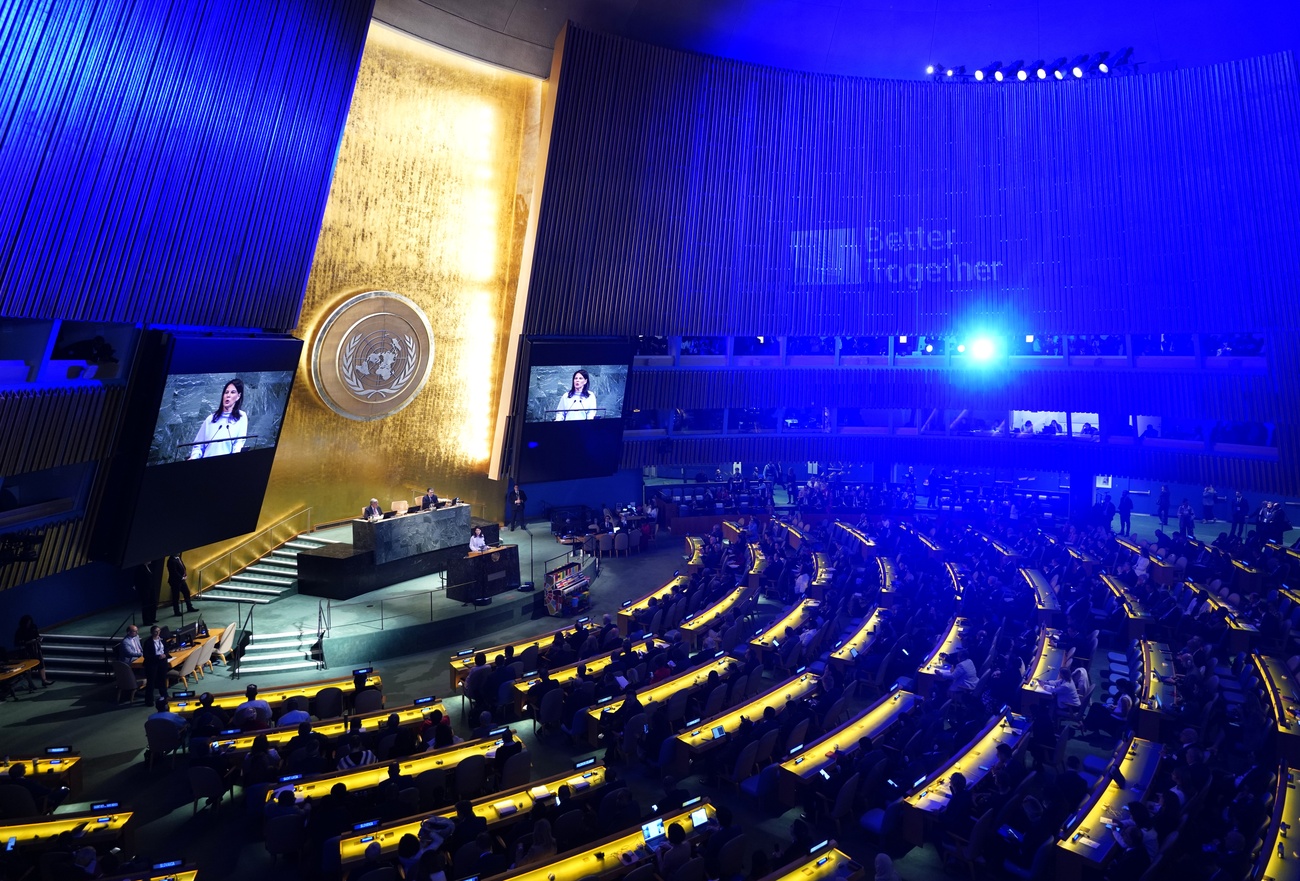


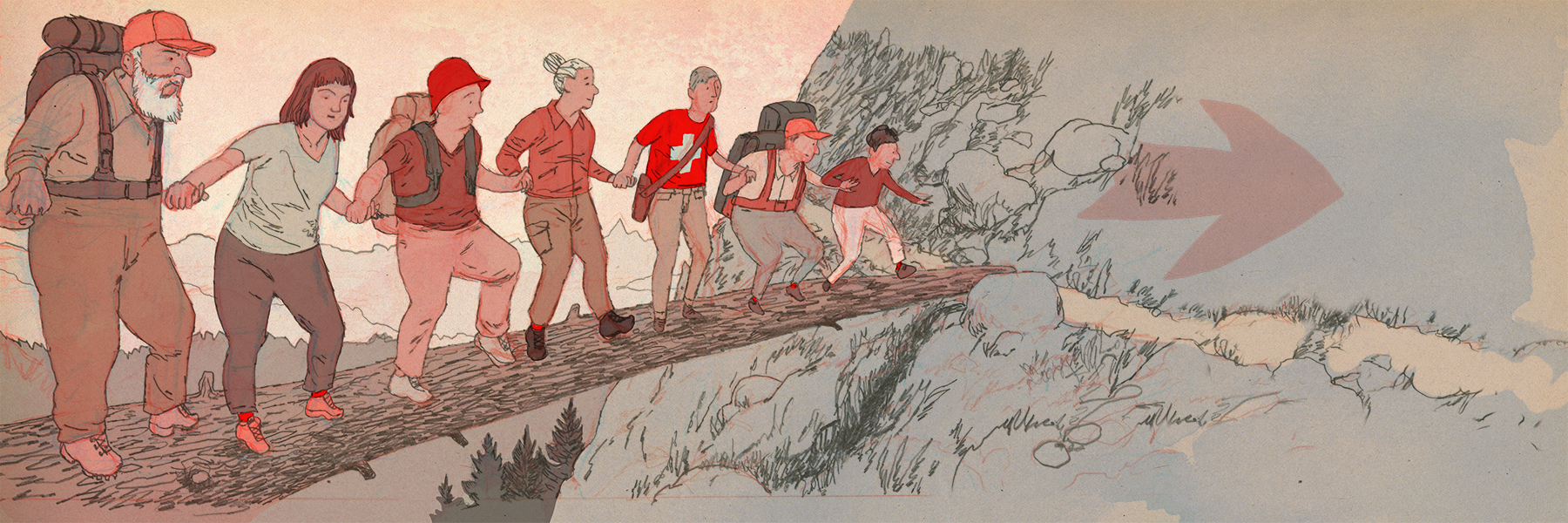



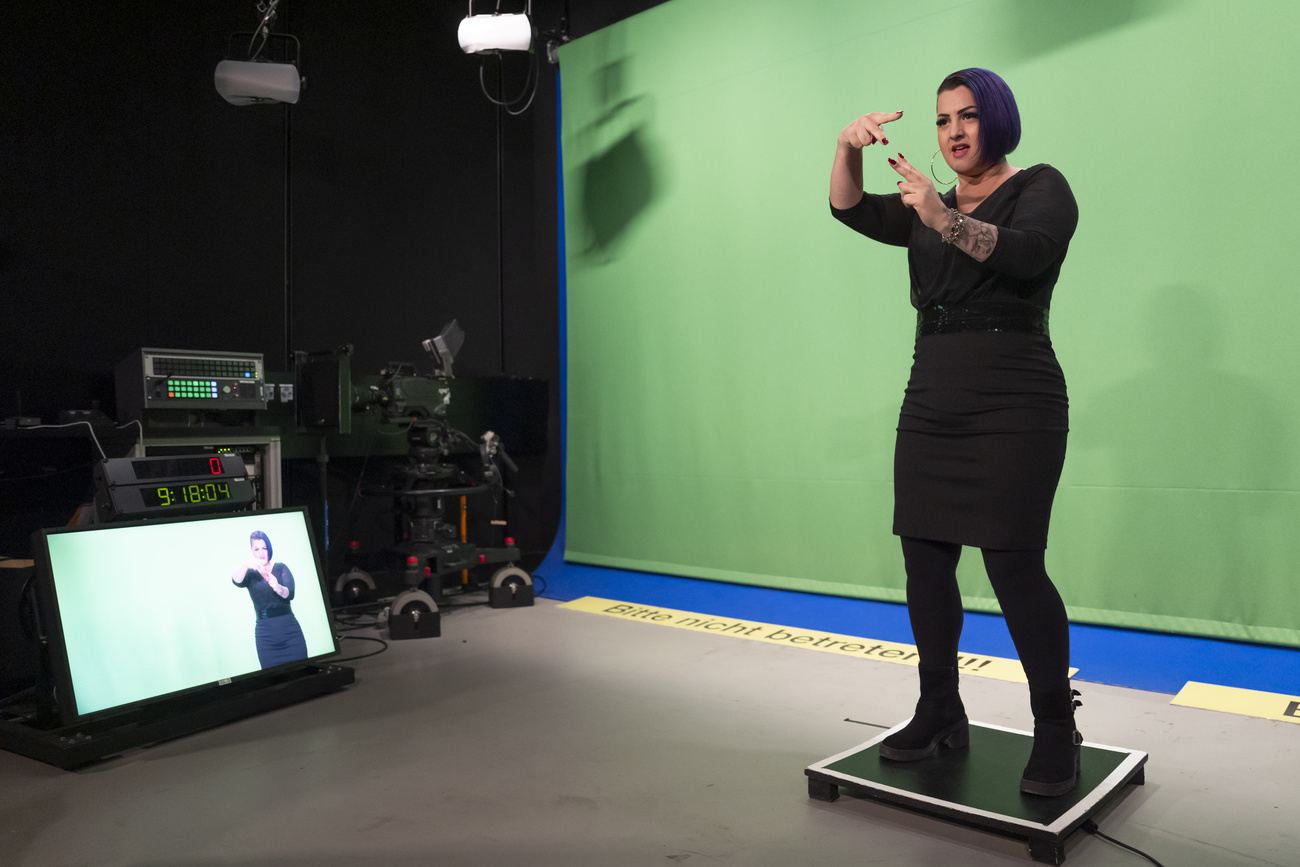


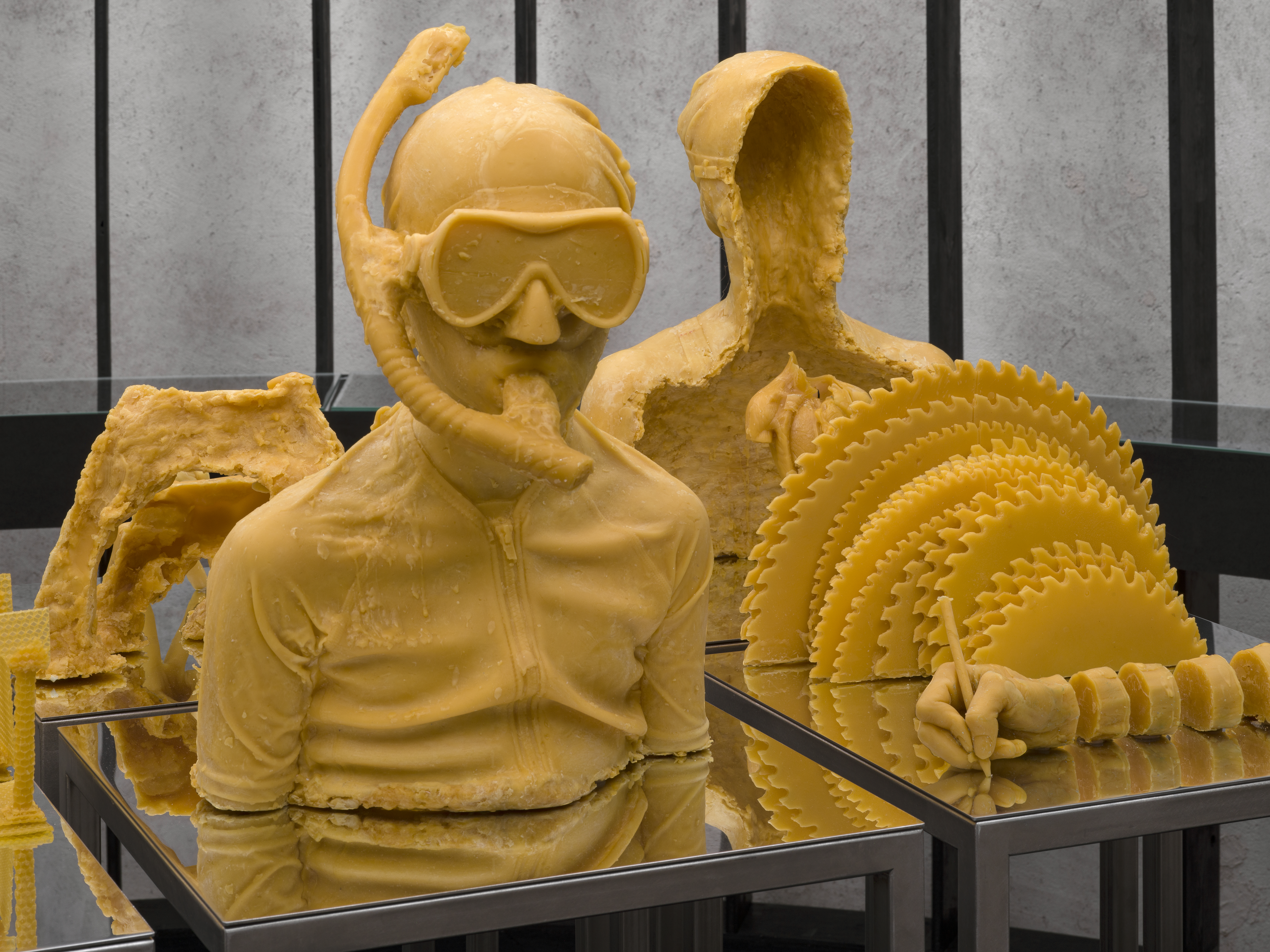
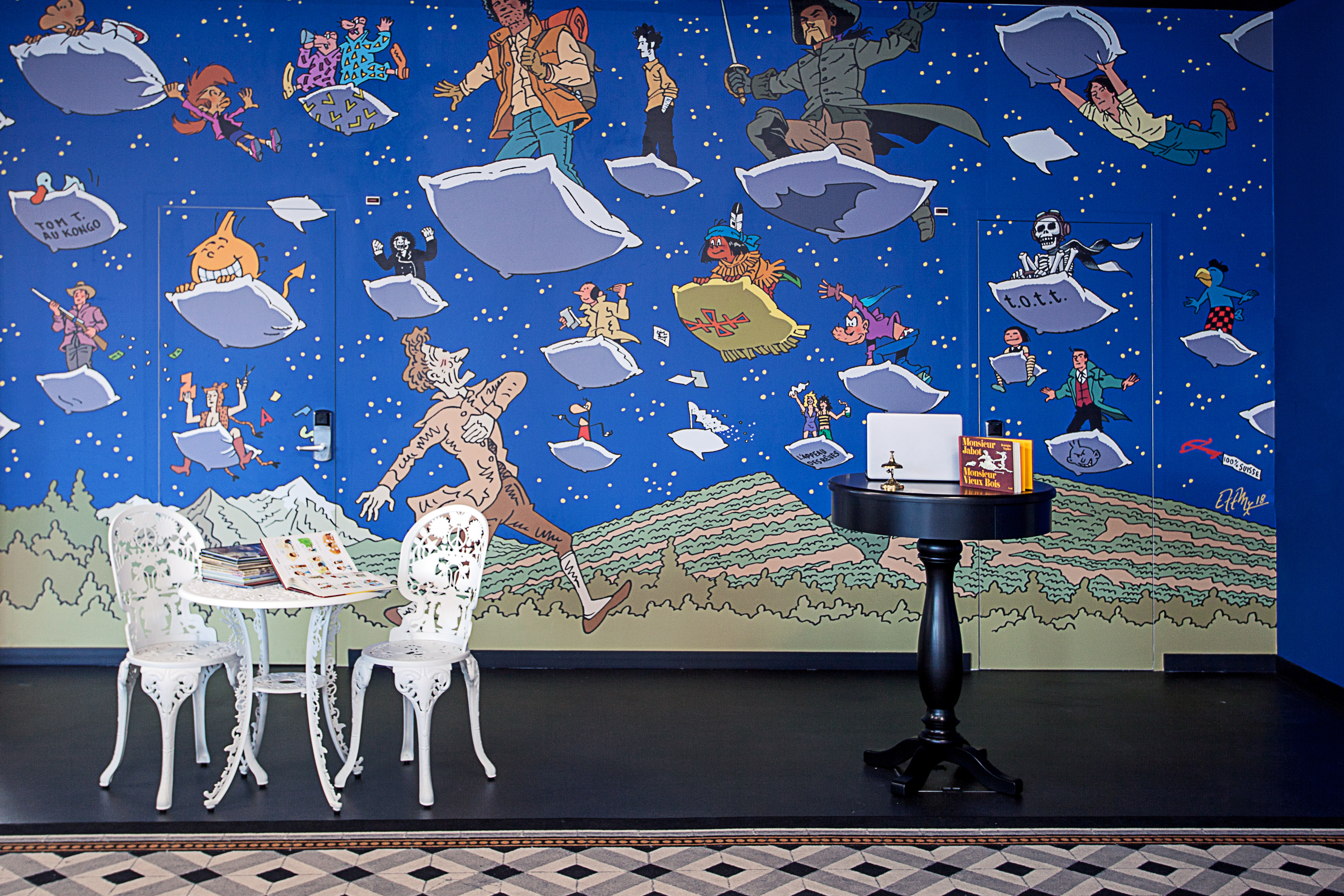












You can find an overview of ongoing debates with our journalists here . Please join us!
If you want to start a conversation about a topic raised in this article or want to report factual errors, email us at english@swissinfo.ch.